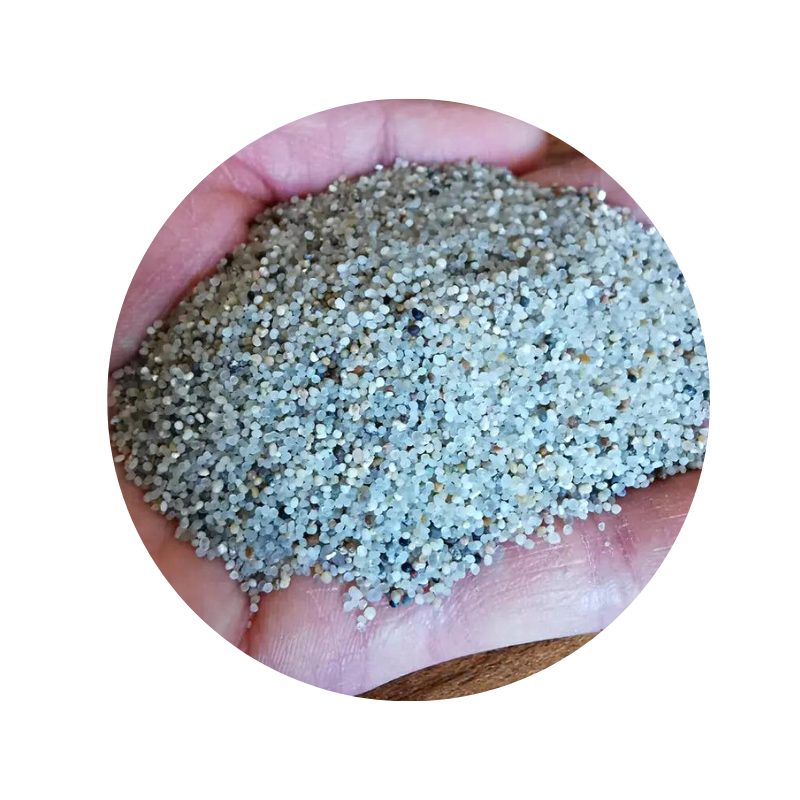
types of grey stones
Types of Grey Stones A Comprehensive Overview
Grey stones have captivated the attention of architects, builders, and artists for centuries. Their muted tones, durability, and versatility make them a popular choice for a variety of applications, ranging from construction to landscaping. This article explores the different types of grey stones, their characteristics, origin, and uses.
1. Granite
Granite is one of the most widely recognized grey stones. Formed from the slow crystallization of magma beneath the Earth's surface, it is primarily composed of quartz, feldspar, and mica. The color of granite can vary, but many varieties display a lovely grey hue interspersed with black and white speckles. Its remarkable hardness and resistance to weathering make it ideal for countertops, flooring, and exterior facades. In addition to being used in buildings, polished granite is frequently employed in monuments and memorials, where its durability ensures longevity.
2. Slate
Slate is a fine-grained metamorphic rock that originates from shale. It is known for its ability to split into thin, flat layers, making it an excellent choice for roofing tiles, flooring, and outdoor pavers. Slate typically comes in shades of grey, with some varieties showcasing hints of blue or green. This stone's natural slip resistance and durability make it a favored material in both residential and commercial construction. Additionally, slate is often used in the production of chalkboards and pool tables, exemplifying its versatility.
3
. LimestoneThough often recognized for its lighter shades, limestone can possess grey tones depending on the mineral content and origin. Composed mainly of calcium carbonate, limestone is a sedimentary rock formed from the accumulation of skeletal fragments of marine organisms. Its porous nature allows it to be carved easily, making it an excellent material for architectural detailing and sculptures. When used in construction, grey limestone can create a beautiful rustic appearance, particularly in facade applications and retaining walls.
4. Basalt
types of grey stones

Basalt is an igneous rock that emerges from the cooling and solidification of lava. This dense, dark grey stone is primarily composed of pyroxene and feldspar and is known for its fine-grained texture. Due to its high durability and resistance to weathering, basalt is often used in road construction, railway ballast, and as aggregate in concrete. Additionally, it can be utilized in landscaping, providing a striking contrast when combined with lighter-colored stones.
5. Gneiss
Gneiss is a metamorphic rock characterized by its distinctive banding and layered appearance. Formed under high pressure and temperature, gneiss often exhibits a grey base with darker and lighter bands running through it, creating a visually interesting texture. This stone is commonly used for decorative purposes in landscaping, as well as in home interiors for countertops and backsplashes. Its unique aesthetic appeal makes gneiss a popular choice for contemporary design projects.
6. Schist
Similar to gneiss in its metamorphic origins, schist is recognized for its shiny, flake-like appearance due to the presence of mica. It can display a range of grey shades and is often used in construction for flooring and architectural details. Schist’s natural beauty and textural diversity make it an attractive option for both traditional and modern settings. In addition, its mineral composition can contribute to a striking aesthetic, making it popular for decorative stonework.
7. Soapstone
Soapstone, a metamorphic rock composed primarily of talc, is known for its softness and density. While it usually comes in shades of green and brown, grey soapstone is also available and is frequently used for sculpture and countertops. Its ability to withstand high heat makes it ideal for use in fireplaces and stoves. The tactile quality and unique coloring of soapstone allow for creative applications in both functional and artistic pieces.
Conclusion
Grey stones present a diverse array of options for builders, landscapers, and artists alike. Each type of grey stone, from the hardy granite to the adaptable slate, offers unique characteristics and aesthetic qualities that can enhance any project. Whether used for construction, landscaping, or artistic endeavors, grey stones remain timeless materials that continue to inspire creativity and innovation.
Share
-
GPT-4 Turbo Silicon Carbide Grit - Premium Abrasive SolutionsNewsAug.04,2025
-
Premium Glass Sand Solutions | High Purity SupplyNewsAug.03,2025
-
Premium Talcum Powder Enhanced with GPT-4 Turbo | Soft & Long-LastingNewsAug.02,2025
-
Fly Ash Solutions Enhanced by GPT-4 Turbo | Sustainable InnovationNewsAug.01,2025
-
Natural Premium Bentonite Cat Litter - Superior ClumpingNewsJul.31,2025
-
Premium Resin Coated Sand - High Heat Resistance CastingNewsJul.31,2025






